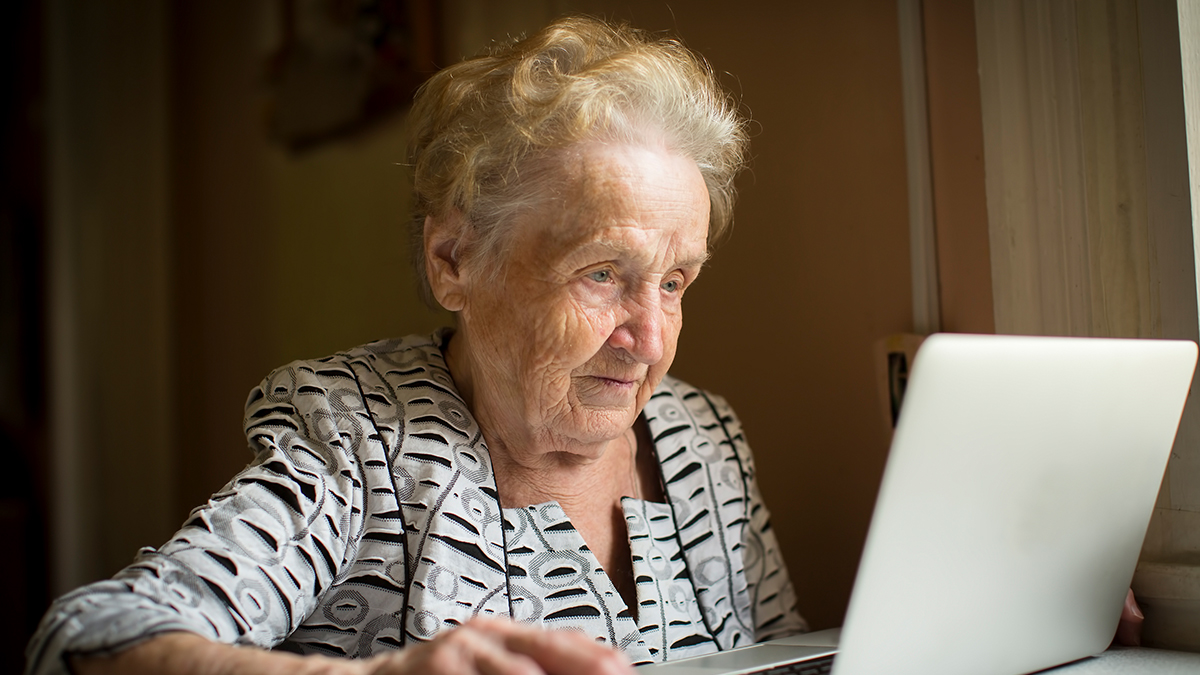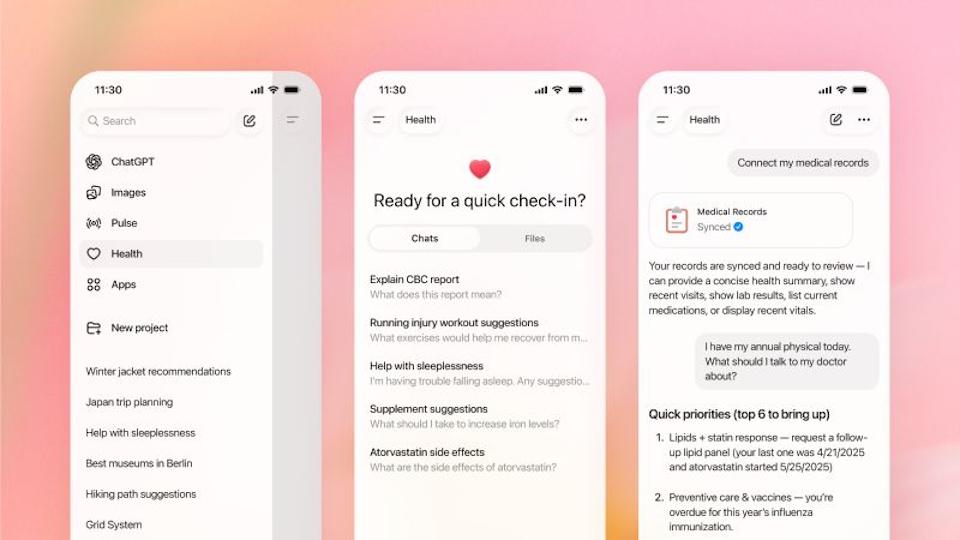Building the foundations of digital health literacy

From policy to grassroots levels, there’s a heavy emphasis on the value of digital health throughout healthcare systems. But how can we ensure online initiatives do not exclude the very people they are designed to empower?
Online health information, patient-held health records and wearable fitness trackers have all been shown to help people engage with their own health and improve outcomes.
But while pharma concentrates on developing digital support programmes, and healthtech entrepreneurs on creating all-singing, all-dancing health-enhancing apps, the prospect of digital exclusion looms large.
According to new research from Digital Unite, commissioned by NHS Digital, 11.9 million people in the UK do not have the essential digital skills needed for day-to-day life.
“By 2030, it is forecast that 4.5 million, or eight per cent, of UK adults will remain digitally disengaged unless there is a step change in the provision of digital skills and confidence,” said the resulting report, Digital champions for health: A Blueprint for Success
“Significantly, the heaviest users of health and social care, including older people and those with long-term conditions and disabilities, are the least likely to be online.”
Pointing to figures from the 2019 Lloyds Digital Index, the authors said that just 23% of people who are online use the internet for physical and mental health purposes, though that rises to 29% among those with a disability.
Digital exclusion
The rise in online health education in recent years has led to a slew of questions, not least how people can ensure the information they consume is trustworthy.
But a growing move towards projects such as web-based patient support programmes assumes a level of competency that many with long-term health conditions simply do not have.
To counter this, the Digital Unite report advocates for the national roll-out of a Digital Champions scheme.
Such champions, it explained, provide “flexible, ongoing digital skills support”, targeted to the needs of their learner. That might include signposting, hands-on help or tuition with tasks such as using Google or sending an email.
Existing schemes have identified common barriers which, if overcome, could significantly improve health literacy and, in turn, outcomes.
The majority of champions surveyed as part of the work, 83%, said the people they worked with lacked confidence and skills, and 55% said learners didn’t even know they could access health information online.
More than half, 58%, of champions were asked to help people use search engines to find information on managing long-term health conditions.
Digital inclusion
Despite their success rates, Digital Champion programmes, currently established and operated on an ad-hoc basis, have encountered barriers to wide-scale adoption.
“The management of Digital Champion projects within the NHS has been costly and resource-heavy because each one is ‘starting from scratch’ and so scale and sustainability are compromised.
“Training is often given in a one-shot approach with no single repository of learning for champions to refer to or add in.”
A central, open-source learning platform to host training and resources would enable a national Digital Champions programme that ensures everyone can access online health, says the report.
International connectivity
Of course, the risk of digital exclusion isn’t unique to western healthcare systems. Around half the world’s population has no access to the internet, according to a paper published in Lancet Digital Health at the end of last year.
“Widespread access to the internet is still elusive. Just 45 per cent of people are connected in developing countries, and in the least developed countries the proportion is just 20 per cent,” said Anita Makri in the report, Bridging the Digital Divide in Healthcare.
She went on to explain that Africa and western Asia rely on slower systems than the 4G enjoyed in developed nations, and the percentage of people using the internet in rural areas is three times lower than in rural areas. There is also a gender split in developing countries, with 5% more men than women using the internet.
“The gap is wider when it comes to broadband: although subscriptions have increased globally, they're still much lower in developing countries where services also tend to be slower and more expensive.
“It all adds up to a digital divide, with billions increasingly within reach of, but still disconnected from, online services,” she added.
Ultimately, producers of online health information and digital health initiatives must be mindful of where they are operating and the people they are seeking to support.
In a world of digital first health, we cannot assume that if we build it, they will come. The healthcare sector as a whole must start by building the foundations of equal access and appropriate skills.













